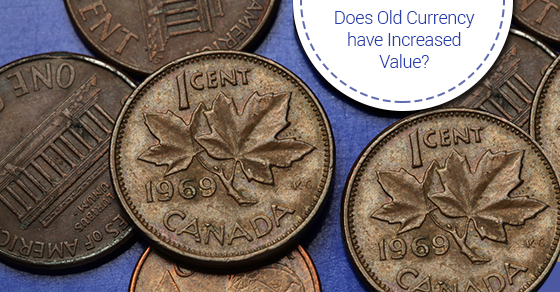Conflict with the IMF As a member of the International Monetary Fund (IMF), Canada’s decision to float the Canadian dollar was at odds wit...
Conflict with the IMF As a member of the International Monetary Fund (IMF), Canada’s decision to float the Canadian dollar was at odds with its commitment to the Fund to maintain a fixed exchange rate within the Bretton Woods system. In this regard, in 1949 the Canadian authorities had established with the IMF a “par value” of US$0.9091 with a fluctuation band of ±1 per cent. The decision was also taken over the opposition of IMF staff who recommended more vigorous foreign exchange intervention or the imposition of controls on capital inflows (IMF 1950).79 There were also concerns that Canada had “gravely compromised and embarrassed” the IMF and had set a bad example for other “less responsible members” (Goforth 1950). 79. Given his close relationship with the IMF, the decision to float the Canadian dollar must have been difficult for Rasminsky. But since the economic argument in favour of a float was sound, he supported the decision. He also recognized that the international economic environment was not what had been expected. Unlike the 1930s, the predominant monetary issue of the day was inflation not deflation, and there had been no tendency towards competitive devaluations (Muirhead 1999, 140).
Image protected by copyright At least initially, floating was viewed as a temporary measure. The minister of finance noted the government’s intention to remain in consultation with the Fund and ultimately to conform to the provisions of the Fund’s Articles of Agreement which stipulate that member countries should not allow their exchange rates to fluctuate more than one percent on either side of the par values from time to time established with the Fund (Abbott 1950). It would be almost 12 years before Canada reintroduced a fixed exchange rate and was again in the good graces of the IMF.
Consequently, Canada came to be viewed as something of a maverick in international financial circles. The unwillingness to re-fix the exchange rate appears to have reflected concern about repeating the mistake of 1946 when the dollar was revalued upwards only to come under significant downward pressure the next year, followed by a devaluation in 1949. Subsequently, interest in re-pegging the currency waned as it seemed that Canada had the best of all worlds—a non-discriminatory trading system, an open capital market, and a reasonably stable exchange rate. While Canada’s actions were not consistent with the IMF’s practices, the outcome was certainly in line with its goals

No comments